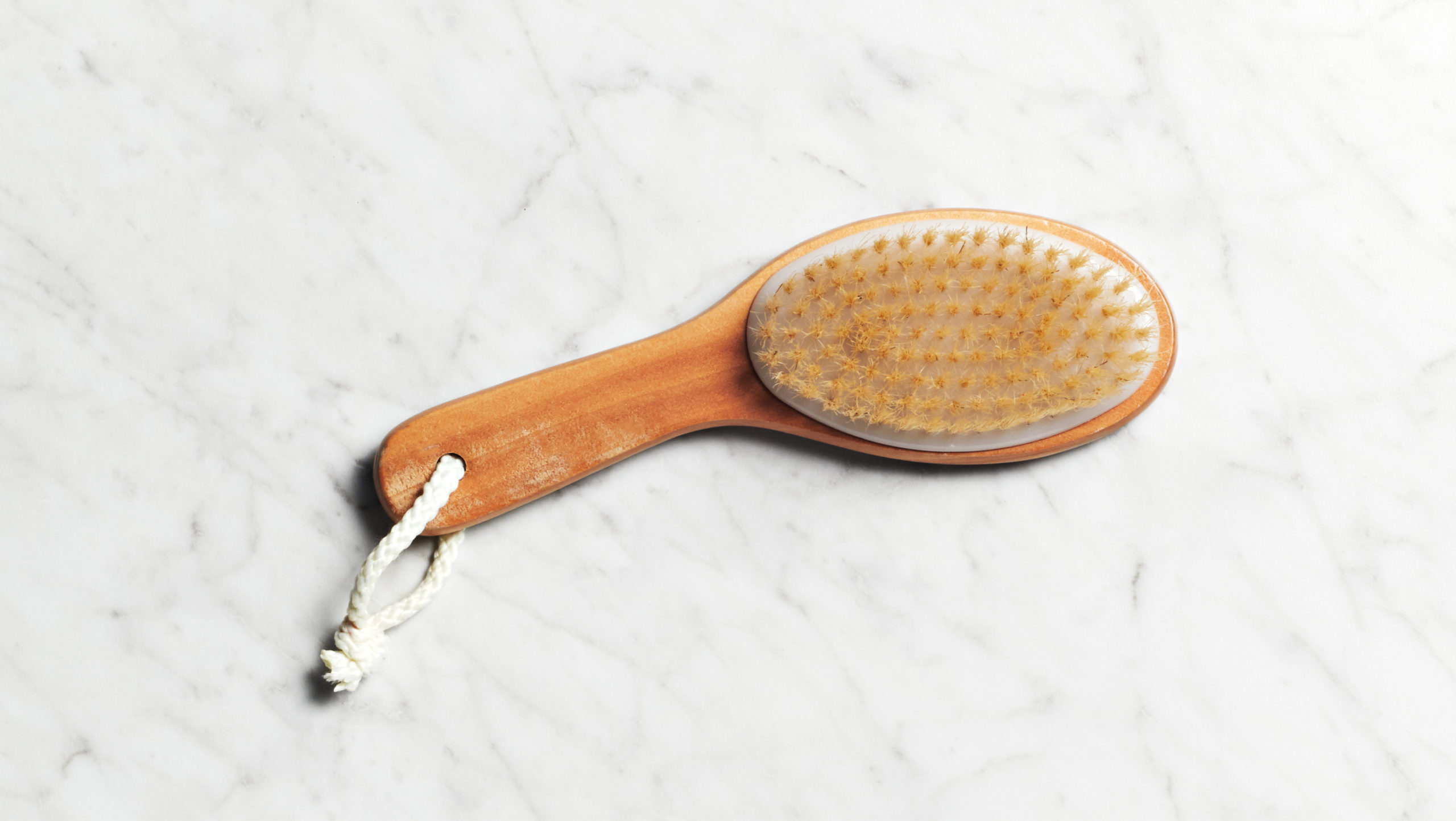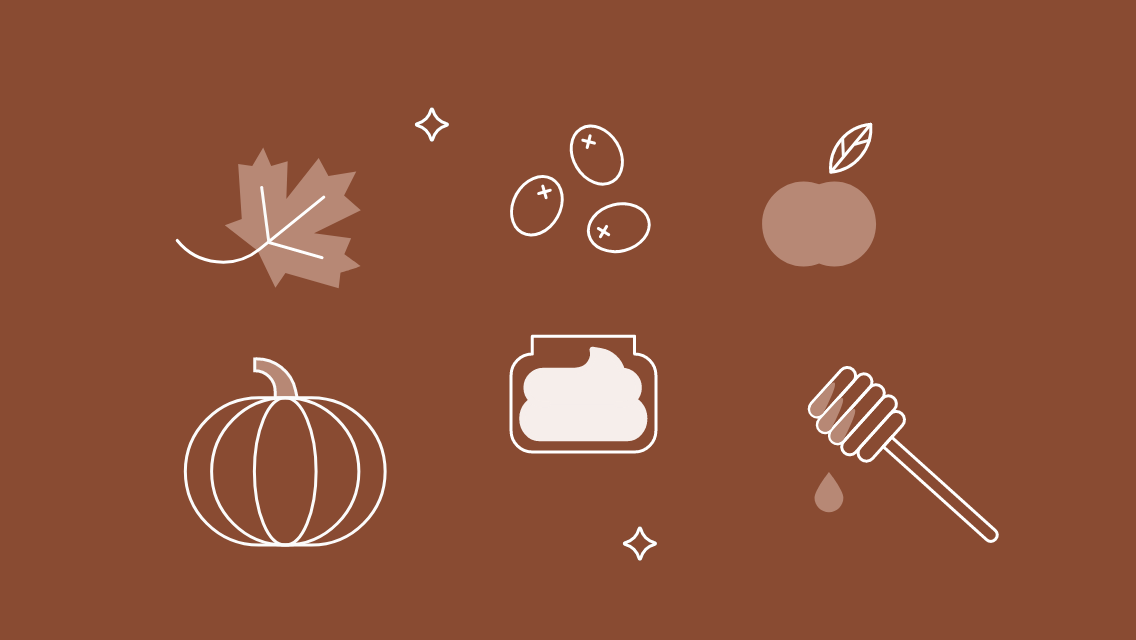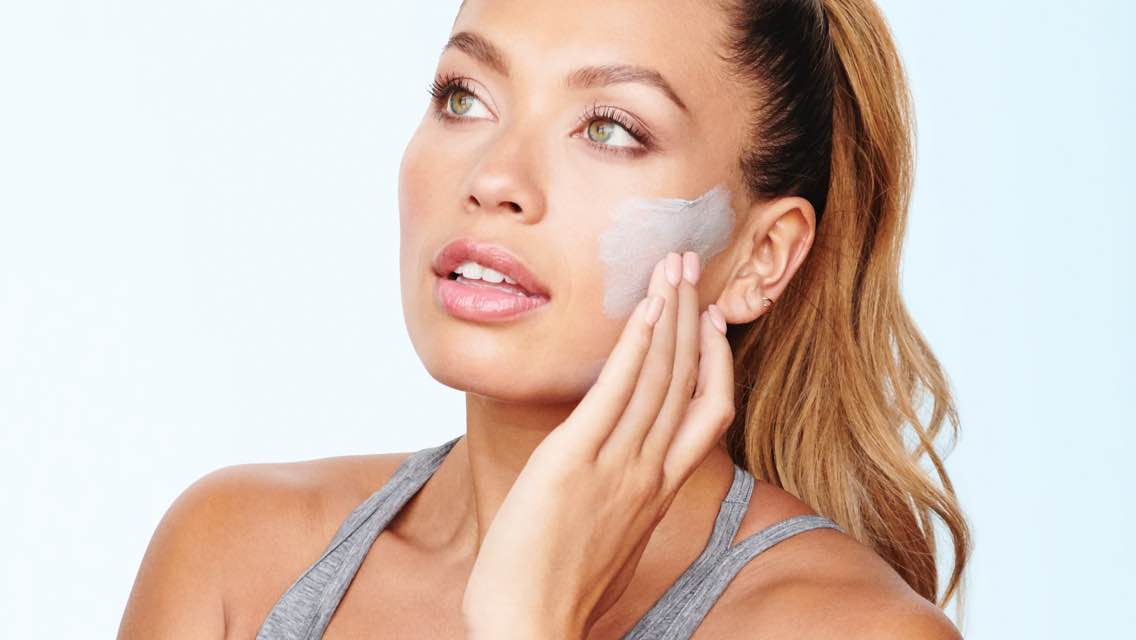If you follow wellness and beauty trends, you’ve probably heard of dry brushing, a body-care practice that involves using a firm-bristled brush against the skin. While this technique has gained popularity in recent years — and has been adopted by many as part of their self-care regimens — it’s actually rooted in ancient healing practices with many proven benefits.
We asked the team at LifeSpa to share what they know about dry brushing, why it’s good for health, and how to do it. Here’s what we learned.
What is dry brushing — and what are its benefits?
Dry brushing is a body massage you can do on your own that involves moving a coarse brush against your skin in circular motions toward your heart. Dry brushing is only meant for the body. Avoid using the brush on your face and look for a brush made specifically for dry brushing with firm, natural bristles.
In terms of how it supports health, findings show it helps with the following:
Exfoliation
Using a dry brush on your skin is great for exfoliation, especially in the fall and winter. It can help improve your skin’s appearance and texture by removing dead skin cells and uncloging pores for a healthy glow.
Increased circulation
Dry brushing can also support detoxification by increasing blood flow and promoting lymphatic drainage. The circular motions on your skin encourage blood beneath the surface to pump faster, which helps clear toxins and pathogens more quickly.
Relaxation
Similar to a massage, dry brushing can have a relaxing effect. The feel of the course bristles against your skin can also be invigorating, so try doing it in the morning to feel more refreshed and awake.
When and how often is it best to dry brush?
Dry brushing is best done before you shower when your skin is completely dry. As a rule of thumb, the LifeSpa team recommends dry brushing no more than two times per week as too much exfoliation can aggravate your skin.
What if I have sensitive skin?
As with many exfoliation techniques, approach dry brushing with caution, especially when you’re getting started. Test a small area of your skin first, perhaps on your upper leg, and watch for signs of irritation.
If you have sensitive skin or are struggling with a skin condition such as eczema or psoriasis, you may want to skip this in your routine. If you do choose to dry brush, use gentle, circular strokes — brushing too hard can lead to skin irritation.
How to Dry Brush
1. Legs
Start at one foot and work your way up in long, circular motions. Maintain a slightly firm pressure (but don’t press too hard!) as you move the brush against your skin. Repeat on opposite leg.
2. Arms
Start at one hand and work your way toward your heart with the same pressure and circular brush strokes. Repeat on opposite arm.
3. Stomach
Start below your belly button and brush upward in a clockwise direction toward your chest.
4. Back
Start with your lower back and move upward toward your shoulders. Try a longer-handled brush to get to those hard-to-reach areas.
Shower and Moisturize
Once you’re done brushing, hop in the shower to slough off those dead skin cells. Your skin should feel smooth and ready for moisture after, so finish with a light body lotion or oil on the areas you brushed.




